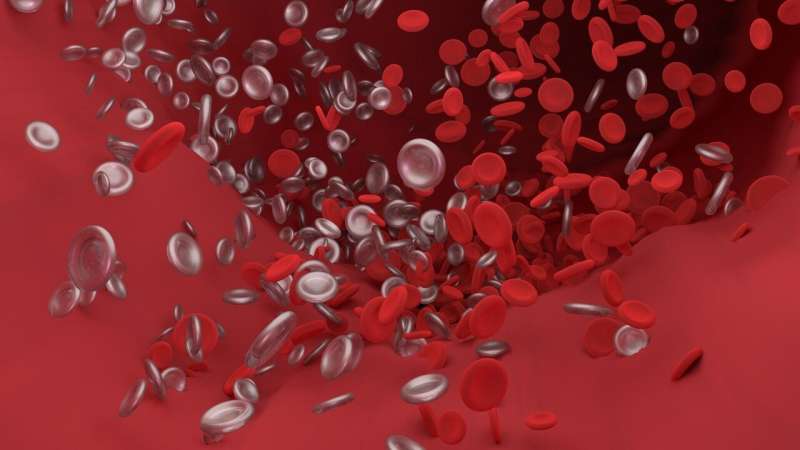
New data published today in the American Journal of Infection Control (AJIC) highlight major barriers impacting healthcare workers’ ability to perform successful central line-associated bloodstream infection (CLABSI) surveillance among patients receiving home infusion therapy. The study, funded by the Agency for Healthcare Research and Quality (AHRQ), also describes facilitators, strategies, and suggestions for improving CLABSI surveillance to better track and monitor infection rates.
“Our paper is the first to describe the work of surveillance staff in home infusion therapy, and among the first to describe methods of monitoring CLABSI in this setting,” said Sara C. Keller MD, MSHP, MPH, Johns Hopkins University School of Medicine, and lead author on the published study. “Home infusion therapy is a rapidly growing area of U.S. healthcare, and better understanding about the barriers and facilitators to infection surveillance in this setting is critical to reduce morbidity and mortality as well as associated costs.”
Central venous catheters (aka central lines) are a major risk factor for bloodstream infections. More than 3 million patients annually receive home and specialty infusion services, typically for maintenance of central lines used for chemotherapy, intravenous (IV) administration of nutrition, and outpatient IV antimicrobial therapy. These patients are among those at risk for CLABSI, however, few resources have been devoted to understanding CLABSI tracking and monitoring in the home infusion setting.
Dr. Keller and colleagues designed their study to assess the tasks required by home infusion healthcare staff to perform CLABSI surveillance, as well as barriers, facilitators, strategies, and suggestions for the completion of these tasks. Between November 2020 and April 2021, the researchers interviewed 21 CLABSI surveillance workers from five separate non-profit, U.S.-based home infusion agencies, including quality staff, administration, and infection preventionists.
Based on these interviews, the team identified eight major steps in performing CLABSI surveillance and reporting in the home infusion setting: knowing who to monitor for CLABSIs; identifying the need to investigate an individual patient who may have a complication; gathering information on possible CLABSIs; determining whether patients have CLABSIs; summarizing and examining CLABSI data; sharing data with stakeholders; identifying an action plan; and taking action to prevent future CLABSIs.
Additionally, the interviews revealed major barriers to the success of home infusion CLABSI surveillance, including (but not limited to) inadequate information technology support and the lack of a standardized definition of CLABSI. Finally, the study identified facilitators, strategies, and suggestions for CLABSI surveillance, including providing home infusion surveillance staff with the necessary health system resources; engaging leadership and front-line staff in CLABSI surveillance and prevention; providing the opportunity for surveillance staff to receive formal surveillance training; and ensuring staff have the dedicated time and sufficient staff to perform their work.
Source: Read Full Article
